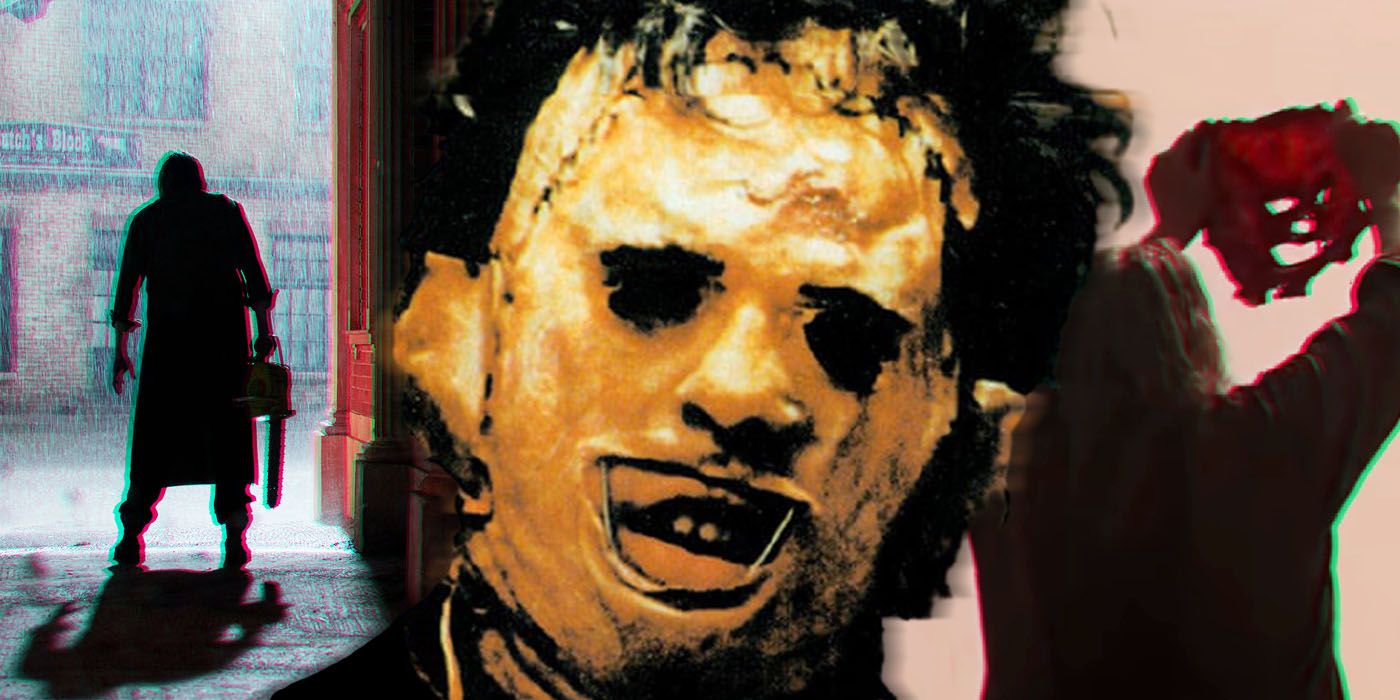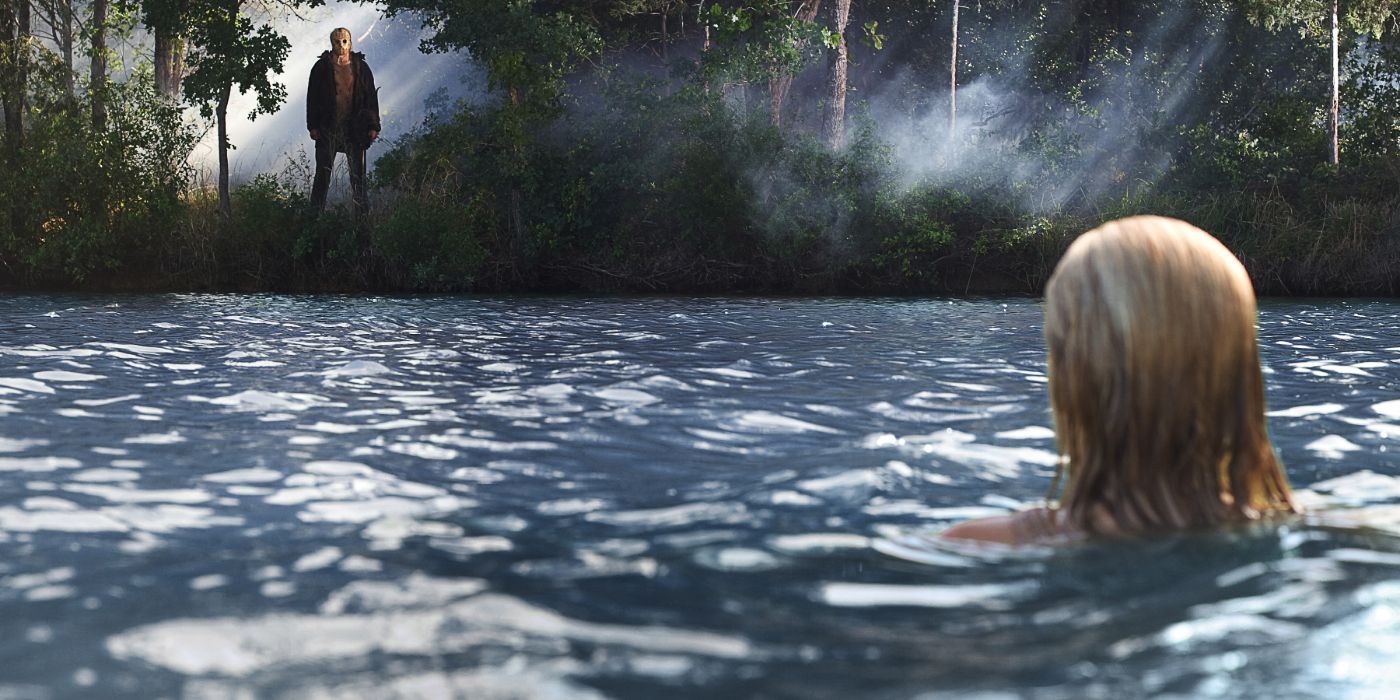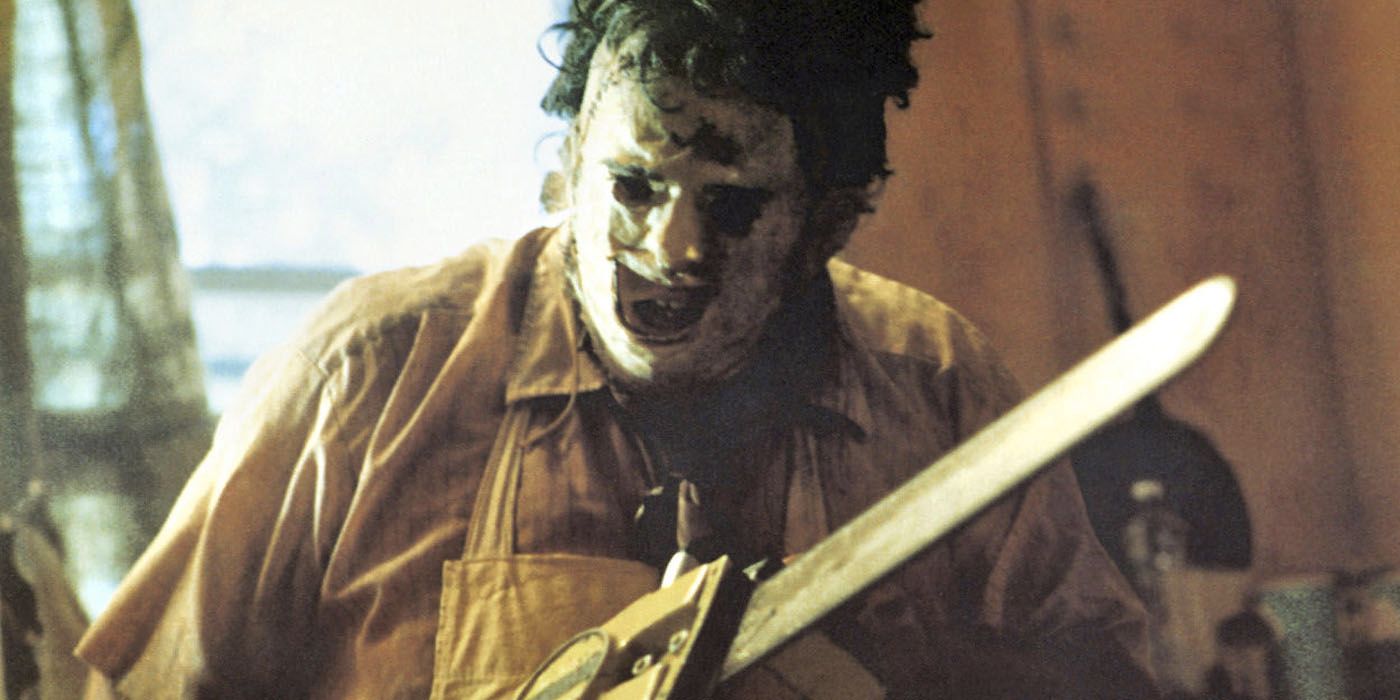The Texas Chainsaw Massacre franchise is one of the most weirdly enduring in horror. The 1974 original was a shocking milestone, with disturbing content unseen in mainstream cinemas. It helped lead to the creation of the slasher genre, and as with many of its fellow horror staples, it has endured long after many of its pretenders have failed. And with a new version coming to Netflix later this year, it shows no sign of slowing down.
And yet, it retains a unique quality that other slasher franchises lack, which at this point sets it apart from them. There has never been anything supernatural about the Texas Chainsaw Massacre. Its monsters have always been fully human, and the horror-movie standbys of evil spirits and undead killers never took hold in any of the eight movies in the franchise. The reasons why are complex, but they help explain what makes it distinct from other slasher films, and in some ways defy their seemingly inevitable decline.
The supernatural comes easy to horror films, and as the slasher movie evolved, it naturally moved in that direction. Halloween, the 1978 blockbuster that formally cemented the franchise, didn’t overtly state that dark magic or unearthly evil was animating Michael Myers, but it strongly hinted at it, particularly with its legendary twist ending. Similarly, the Friday the 13th franchise began with a comparatively mundane serial killer -- Jason Voorhees’ unhinged mother -- and similarly saved the supernatural suggestions for the finale when Jason seemingly lurched back to life from the waters of Crystal Lake.
Other franchises steered clear of real-world explanations for their killers from the get-go. A Nightmare on Elm Street posited the ghost of a murdered child molester as its central boogeyman, while the Child’s Play series began with a murderer transferring his soul into the killer doll with an unholy spell. Both franchises started comparatively late in the cycle -- Nightmare in 1984, Child's Play in '88 -- which corresponded with the slow evolution of the slasher film. The Halloween and Friday the 13th sequels of the time leaned heavily into the supernatural as well, if for no other reason than a convenient explanation for why their respective killers kept returning from the dead.
The original Texas Chain Saw Massacre was different. It took its cues not only from a real case -- the infamous Ed Gein killings in Wisconsin -- but from the progenitor of the genre, Alfred Hitchcock’s Psycho. Hitchcock used Gein as an inspiration too, and like Texas Chain Saw, Psycho's evils were solely of the natural variety. Chain Saw's monsters are a family of cannibals living in a seemingly normal house deep in the Texas countryside, robbing nearby graves and murdering passersby. Both movies took cues from Gein’s horrific practice of claiming trophies and even building furniture out of the skin and bones of his victims.
That was more than enough for Chain Saw to create the desired shock effect, and indeed, the idea that real human beings could be this terrifying would have lost much of its punch if a more overtly fictional monster had been inserted. The theme was in keeping with the protean slasher genre at the time, with early entries like Black Christmas and The Hills Have Eyes following the pattern Psycho had set. Furthermore, unlike other horror franchises like Halloween and Friday the 13th, it waited over a decade for the first sequel to come out. In the interim, the horror revolution it helped spawned moved resolutely towards more supernatural baddies. Sticking to reality -- even in an entry like 1986’s The Texas Chainsaw Massacre Part 2 which was played as largely satirical -- helped it stand out from the competition.
Curiously, one other legendary horror franchise, Scream, limits its incursions to the mundane and like Texas Chainsaw, it’s about to receive another sequel/reboot of its own. Yet that franchise was always satire as much as straight horror, and its various slasher villains were usually in on the joke. The Texas Chainsaw movies only cracked a smile infrequently, and the franchise was always ready to return to its gritty roots. A 2003 reboot appeared just as torture porn became the norm, again allowing it to fit the grim embrace of realism of the time. If the last few years have revealed nothing else, it’s that reality creates the most terrible monsters of all. Small wonder, then, that the horror franchise with perhaps the best understanding of that is returning for another round.



